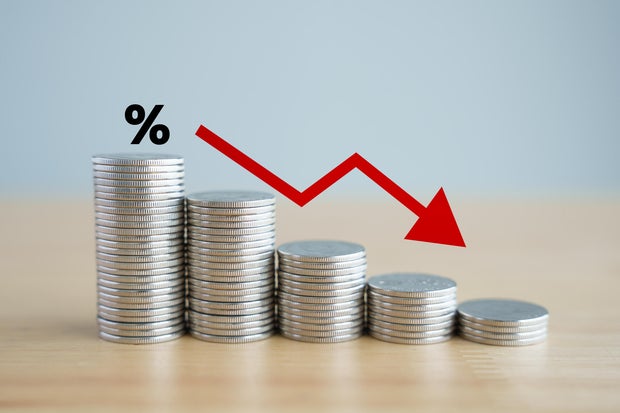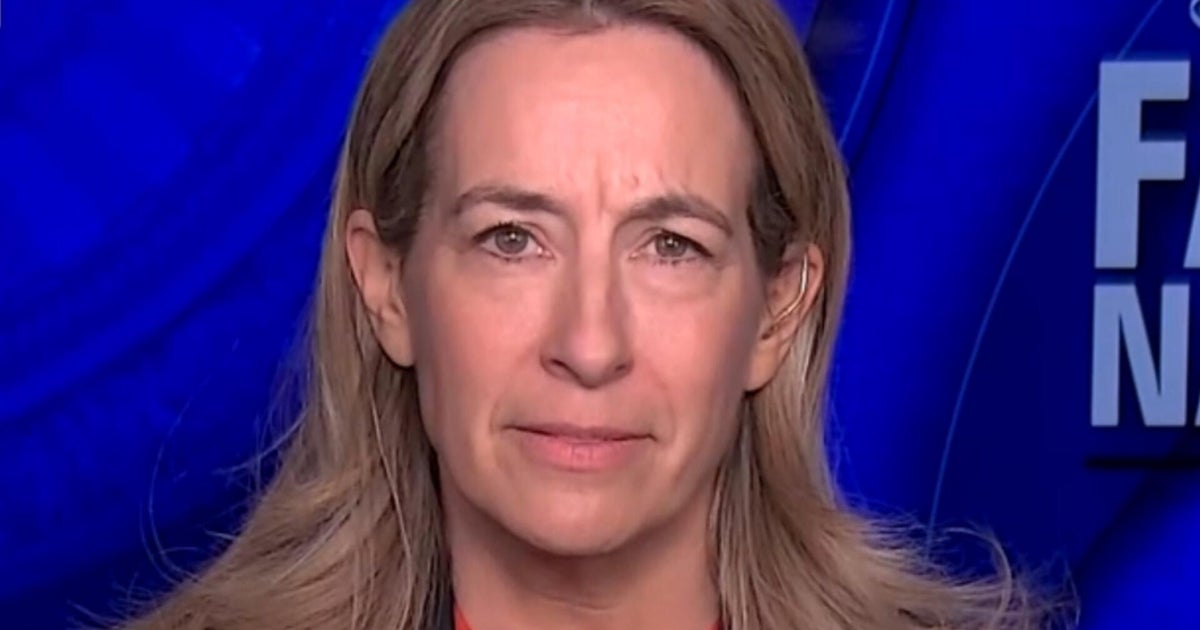 Home equity loan borrowing costs are declining as the Federal Reserve continues to cut interest rates.
Wipada Wipawin/Getty Images
Home equity loan borrowing costs are declining as the Federal Reserve continues to cut interest rates.
Wipada Wipawin/Getty Images
If you've been noticing your home value increasing in recent years and contemplating borrowing from it with a home equity loan, there's something to keep in mind before getting started. You won't generally be able to borrow all of the equity you've accumulated, even if it's robust right now. Depending on the lender in question, you'll typically be capped at 80%, leaving a 20% equity buffer, offering financial security both for you and the lender.
But that doesn't mean that now isn't still a smart time to borrow.
With the median home equity amount around $313,000 right now, borrowing $60,000 will leave more than 80% of your equity untouched. So, qualifying should be relatively easy. And, now, with the Federal Reserve issuing new rate cuts, the latest of which came in late October, borrowing with a home equity loan is relatively affordable, too.
Still, with the home in question functioning as collateral and the inherent risk of foreclosure if you're unable to make the payments, it's critical that you know what you're getting involved with before applying. That starts with knowing the exact repayment costs of a home equity loan of this size. So, how much does a $60,000 home equity loan cost per month now, following the October Fed rate cut? That's what we'll calculate below.
See how much home equity you're eligible to withdraw here.
How much does a $60,000 home equity loan cost per month following the October Fed rate cut?
A home equity loan has a fixed interest rate that makes it simple to calculate monthly repayment costs with precision. That said, borrowers won't be able to continuously exploit a cooler rate climate with this product as they would with a variable-rate home equity line of credit (HELOC). So it's critical to compare the costs of both before choosing either.
Here's how much a $60,000 home equity loan will cost now, calculated against today's available rates and two traditional repayment lengths:
- 10-year home equity loan at 8.20%: $734.32 per month
- 15-year home equity loan at 8.15%: $578.60 per month
For context, here's what a loan of this size cost in September, after the central bank cut rates in that month:
- 10-year home equity loan at 8.34%: $738.79 per month
- 15-year home equity loan at 8.21%: $580.69 per month
And here's how much it would've cost back in February:
- 10-year home equity loan at 8.55%: $745.52 per month
- 15-year home equity loan at 8.50%: $590.84 per month
While just approximately $10 a month cheaper for either loan term now compared to what it was at the beginning of 2025, home equity loan expenses are on a clear, albeit gradual, decline. And that $10 adds up to $120 per year, which is more than $1,000 saved over the life of the loan. These are all just averages, too, so if you have a good credit score and plenty of equity to leverage, it may make sense to shop around to see if you can find an even lower rate.
Shop for home equity loan rates and lenders online now.
Should you wait for home equity loan rates to fall further?
In today's cooling interest rate climate, it can be tempting to wait for home equity loan rates to decline further before taking action. But as has been illustrated above, waiting for a few more months or even one year is unlikely to result in any material rate changes and savings. And that's all on the assumption that rates will continue to decline here.
Any number of factors, ranging from inflation to unemployment to Fed rate policy, could change and cause home equity loan rates to stagnate or even rise. In other words, if you need the money now, can afford the monthly payments and are comfortable using your home equity, it may make the most sense to take action now. You could always refinance the loan into a lower rate or into a HELOC in the future, should you change your mind.
The bottom line
A $60,000 home equity loan comes with monthly payments ranging from $579 to $734 now for qualified borrowers, making it slightly more affordable than it was in September and even earlier in 2025, too. But costs here haven't declined so dramatically to make this an obvious borrowing choice, either. Weigh the costs carefully, then, against what's available with alternative products to better determine your next steps.
Edited by Angelica Leicht


















































